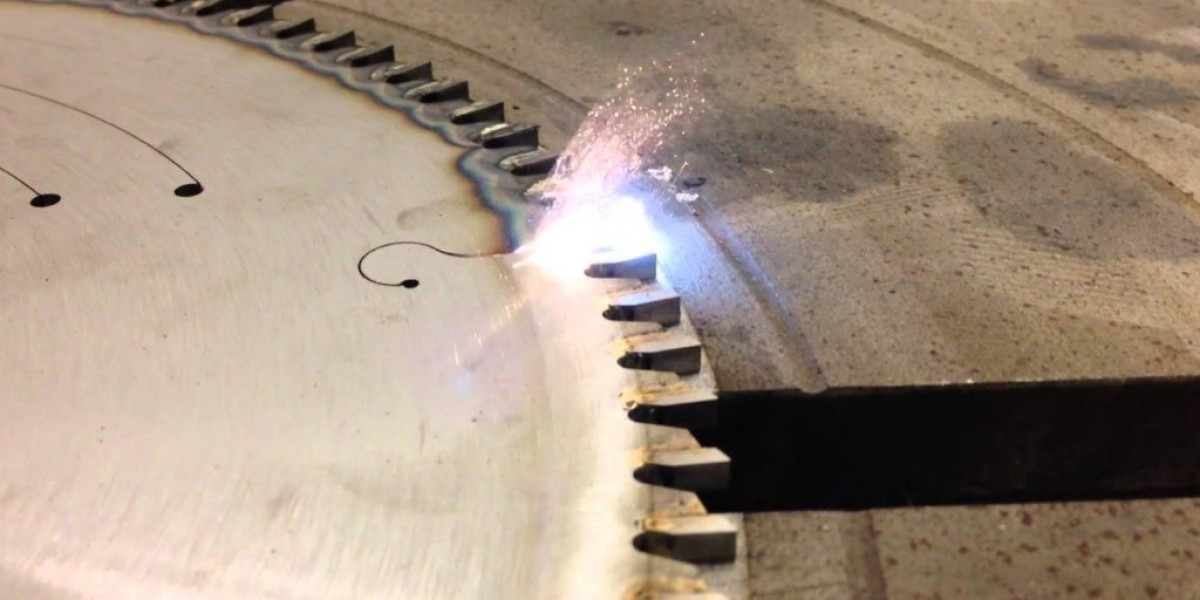Laser cleaning metal is a cutting-edge technology that has revolutionized surface preparation, especially in industries like manufacturing, automotive, aerospace, and construction. This technique uses high-intensity laser beams to remove contaminants, rust, corrosion, coatings, and other unwanted materials from the surface of metals without damaging the underlying material.
Understanding Laser Cleaning Technology:
Laser cleaning works on the principle of high-energy light emission from a laser source. The laser beam is directed onto a metal surface, where it is absorbed by the contaminants or rust. The energy from the laser heats the contaminants rapidly, causing them to evaporate or turn into plasma. This vaporization or ablation process lifts the impurities from the surface, leaving the metal clean.
The laser can be finely controlled, allowing it to target specific areas without harming the surrounding material. The key to the process is adjusting the power, pulse duration, and frequency of the laser to suit the particular material and contaminants being removed.
Applications of Laser Cleaning Metal:
Rust and Corrosion Removal: Laser cleaning has become a preferred method for rust and corrosion removal from metal surfaces. Rust and corrosion can form on metals when exposed to moisture or chemicals, and it weakens the structural integrity of materials. Laser cleaning helps in effectively removing rust and corrosion without affecting the base metal. This is particularly useful in industries where the metal parts need to maintain their strength and integrity, such as aerospace or automotive applications.
Paint and Coating Removal: Metal surfaces often have protective coatings or paint, which can degrade over time or need to be replaced for aesthetic or functional purposes. Laser cleaning is ideal for removing paint and coatings without damaging the metal underneath. This technique is often used in applications where high precision is needed, such as in the restoration of vintage cars, aircraft, or industrial equipment.
Surface Preparation for Welding: Before welding or soldering, the surface of the metal must be clean to ensure a strong bond. Laser cleaning is frequently employed in this area, as it prepares the surface by removing oils, oxides, and other residues that can interfere with the welding process. This results in higher-quality welds and ensures that the bonding is both durable and precise.
Removal of Contaminants in Manufacturing: In industrial manufacturing, laser cleaning can remove oils, grease, dust, or any other contaminants that may accumulate on metal parts during production. This ensures that the parts are in the best possible condition for further processing, such as painting, coating, or assembly. The precision of the laser cleaning process minimizes the risk of contamination, enhancing the overall quality of the manufactured product.
Restoration and Conservation of Historical Artifacts: Laser cleaning technology is also widely used in the conservation and restoration of metal artifacts, such as sculptures, coins, or historical architectural elements. This method allows conservators to gently clean delicate surfaces without the risk of damaging the original material. For example, it can remove layers of dirt, oxidation, or previous restoration materials from ancient metal objects, providing a clearer and more accurate representation of the original piece.
How Laser Cleaning Works:
The Laser Source: The laser used for cleaning metal typically operates in the infrared or visible spectrum. The type of laser chosen depends on the material being cleaned, as well as the type of contamination to be removed. Common types of lasers used in metal cleaning include fiber lasers and diode lasers, which are known for their precision and effectiveness.
Laser Beam Interaction with Metal: When the laser beam is directed onto the surface, it interacts with the contaminants on the metal. The laser's energy is absorbed by the impurities, causing them to heat up rapidly. This results in the contaminants either vaporizing or undergoing a phase change. Some materials may break apart into small particles, while others turn into a gas or plasma. This action lifts the impurities off the metal surface, effectively cleaning the surface.
Plasma Formation and Ablation: As the laser heats the contaminant material, it can create a plasma state, which is a high-energy state of matter where the electrons are stripped away from atoms. The plasma interacts with the contaminant, further breaking it down and expelling it from the metal surface. This process is known as ablation. The precise control over the laser’s energy allows for selective ablation, which means that the laser can clean the metal without harming the base material.
Heat Dissipation and Cooling: One of the challenges in laser cleaning is managing the heat generated by the process. If the heat is not properly managed, it could damage the metal underneath the contaminant. However, laser cleaning systems are designed to ensure that the heat is rapidly dissipated into the surrounding air, preventing thermal damage. Cooling systems may also be employed to maintain the integrity of the metal during the cleaning process.
Factors Affecting Laser Cleaning Performance:
Several factors can influence the efficiency and effectiveness of laser cleaning. These factors include:
Laser Power and Pulse Duration: Higher laser power can remove more material, but it must be controlled to avoid damaging the metal surface. The pulse duration (how long the laser is applied) also plays a role in determining the depth of cleaning and the amount of material removed.
Laser Wavelength: Different metals absorb laser light at different wavelengths. The wavelength of the laser must be selected to ensure that the metal surface absorbs the laser energy efficiently while minimizing any potential damage.
Speed of Movement: The speed at which the laser is moved across the surface also affects the cleaning process. Too slow a movement can lead to overheating of the surface, while too fast a movement may not effectively remove the contaminants.
Type of Contaminant: The type of material being removed (rust, paint, oil, etc.) will also determine how the laser interacts with the surface. For instance, certain materials may require higher intensities or specific wavelengths to be effectively removed.
Material Type and Surface Condition: Different metals (steel, aluminum, copper, etc.) respond differently to laser cleaning. The metal’s surface condition, including any pre-existing coatings or textures, can also affect the outcome of the cleaning process.
Advantages of Laser Cleaning in Metalworking:
While the discussion does not delve into advantages or disadvantages, it’s worth noting that laser cleaning of metals offers notable flexibility, precision, and efficiency. It’s a non-contact method, meaning there is less risk of mechanical damage to the surface. Additionally, it can be easily automated, offering a scalable solution for industrial applications.
In industries where precision and surface integrity are paramount, laser cleaning proves to be a significant asset. It provides a clean, residue-free surface, which is essential for downstream processes such as coating, painting, or welding. Moreover, laser cleaning eliminates the need for harsh chemicals or abrasive materials, contributing to a cleaner and more environmentally friendly process.
Conclusion:
Laser cleaning metal represents a breakthrough in surface preparation technology. It offers precise, efficient, and eco-friendly cleaning without the need for harsh chemicals or abrasive materials. By harnessing the power of laser light, this process has made significant strides in industries ranging from manufacturing to conservation. With further advancements in laser technology and automation, laser cleaning is set to become an even more integral part of modern metalworking and surface treatment processes.
As industries continue to prioritize efficiency, sustainability, and precision, laser cleaning stands out as a reliable and innovative solution for achieving high-quality metal surfaces. Whether for removing contaminants, preparing surfaces for further processing, or restoring historical artifacts, laser cleaning technology is reshaping how metals are treated and maintained.


